By Stacey Flores Chandler and Abigail Malangone, Reference Archivists
For uncounted millions, Christmas expresses the deepest hopes for a world of peace where love rather than mistrust will flourish between neighbors.
John F. Kennedy’s message to “Men and Women Veterans of our Armed Forces,” Christmas 1961
Through the two holiday seasons he spent in the White House, President John F. Kennedy received countless Christmas messages from the public and dignitaries alike. Their cards, letters, and telegrams are now part of the archives at the JFK Library.
Many of the cards were sent to the White House in the last months of 1961, just as JFK was wrapping up his first Presidential year. It was a year that held some “troubled days,” as Kennedy himself noted, and the news had often been disheartening: images of white supremacist violence against civil rights demonstrators displayed alongside stories about healthcare costs, labor strikes, and escalating tensions in Angola, Congo, and Vietnam. Americans were also worried about U.S.-Soviet relations; Kennedy and Soviet Union leader Nikita Khrushchev had famously clashed in their June meetings in Vienna, and in October, news spread that the Soviets planned to detonate the world’s largest nuclear bomb (nicknamed “Tsar Bomba”) in the air above the Arctic Circle. On October 17, the White House stated that testing the 50-megaton weapon could “serve no legitimate purpose.”
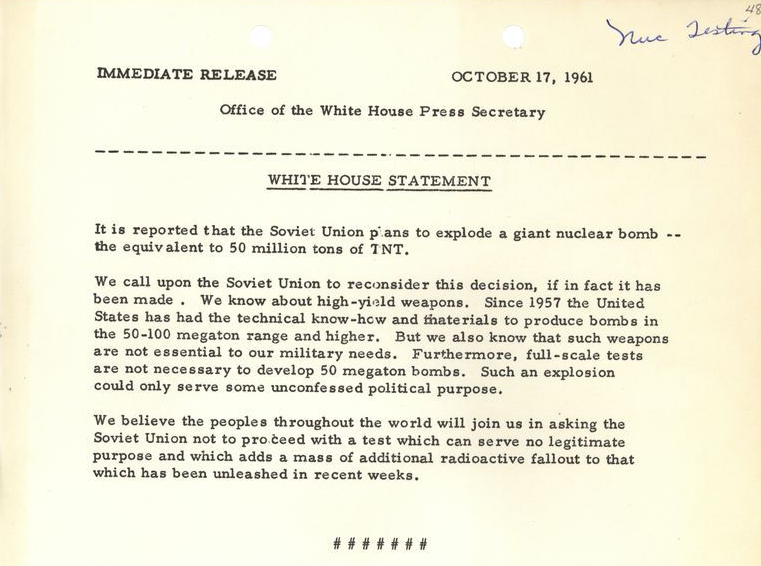
A few days later, a letter from 8-year-old Michelle Rochon arrived at the White House. She’d heard her parents talking about the bomb, and decided to write to the President with her concerns about the location of the explosion — and the well-being of one very important person. Though her letter didn’t seem to make it to the JFK Library archives (it may have gotten lost in the White House Press Secretary’s office), a 1961 story from The Washington Post captured her message:
Dear Mr. Kennedy,Please stop the Russians from bombing the North pole. Because they will kill santa Claus. I am 8 years old. I am in the 3rd grade at Holy Cross School.Yours truly,Michelle Rochon
Archivists are often asked: if the President’s original, signed response was delivered to Michelle at her home in Michigan, how can the rest of us find out what he wrote to her? Luckily, the White House staff created and filed carbon copies of most of their outgoing letters, and the copies eventually made their way to the JFK Library’s archives. Now, we can read JFK’s response in full, including his reassuring closing paragraph: “You must not worry about Santa Claus. I talked with him yesterday and he is fine. He will be making his rounds again this Christmas.”
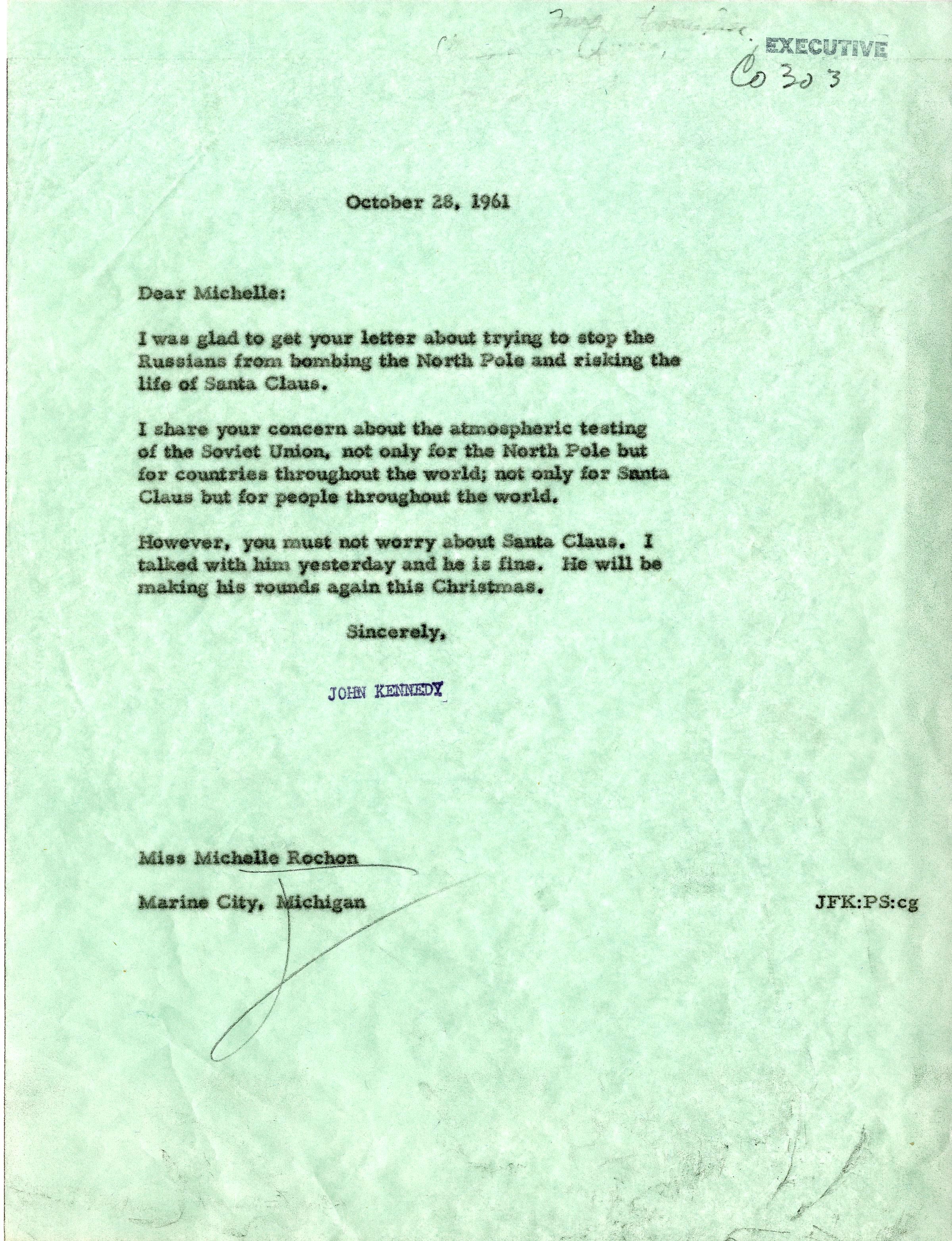
A follow-up story in The Washington Post noted: “Michelle told newsmen she was happy to get the President’s letter and felt better about Santa Claus.” But just two days after the President’s response was written, the Soviet Union detonated “Tsar Bomba” in what is still the largest man-made explosion in history; the United States also went on to test weapons in the Pacific and in Nevada in 1962.
In 1963, the Soviet Union and the U.S. joined over 100 other nations in agreeing to a Nuclear Test Ban Treaty that promised to limit the testing of these weapons. The Treaty ended nuclear testing in the atmosphere, in space, and underwater, bringing the the world closer to fulfilling what John F. Kennedy called “man’s essential desire for peace.”
And Santa Claus continues to make his rounds.
To learn more about Michelle Rochon and her letter to John F. Kennedy, check out this 2014 Boston Globe article featuring our archives!
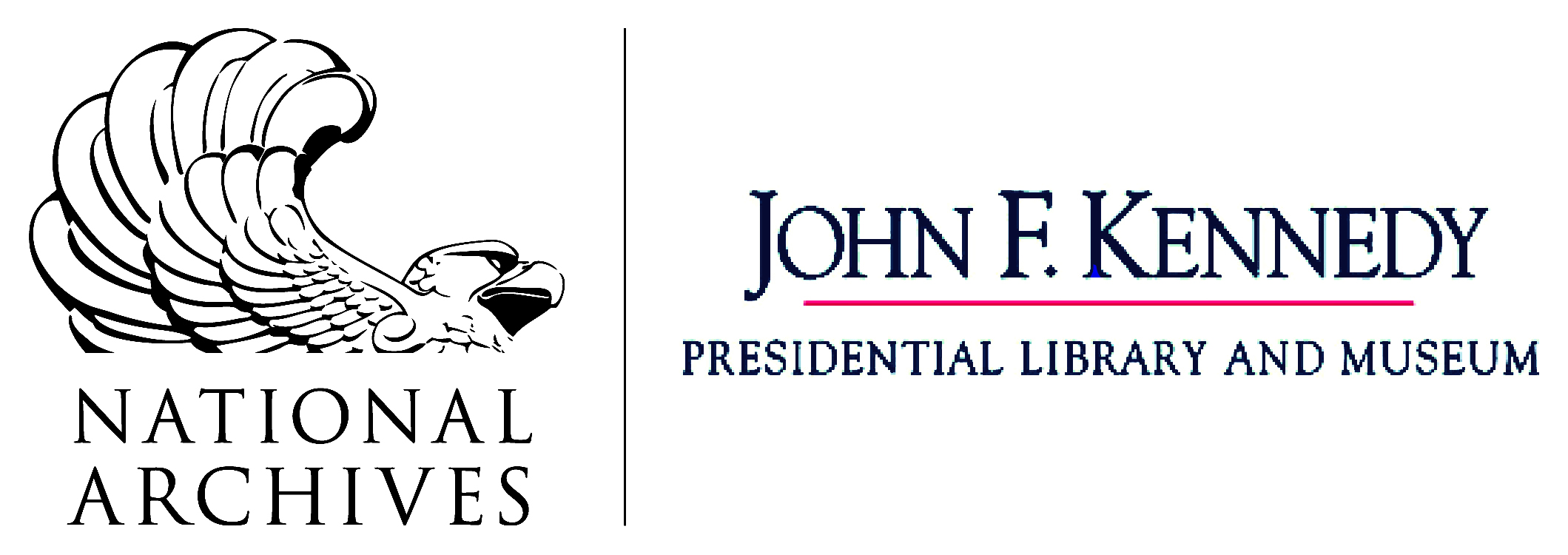
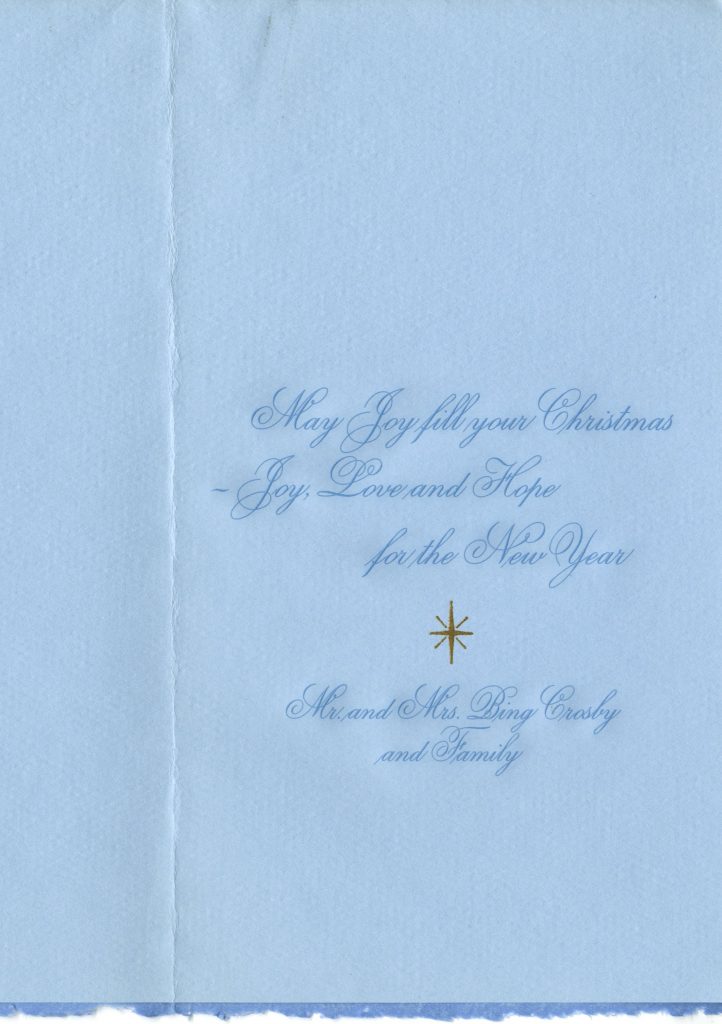
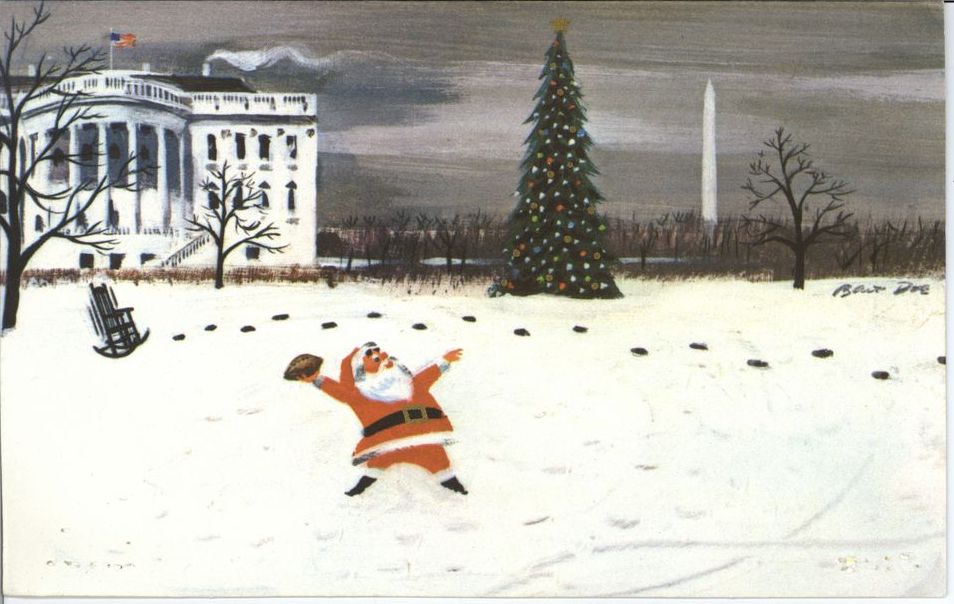
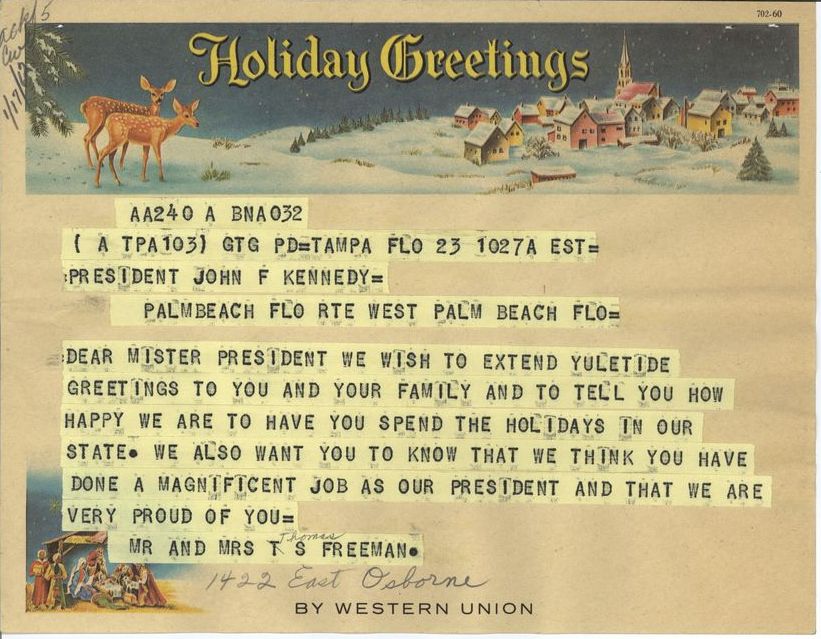
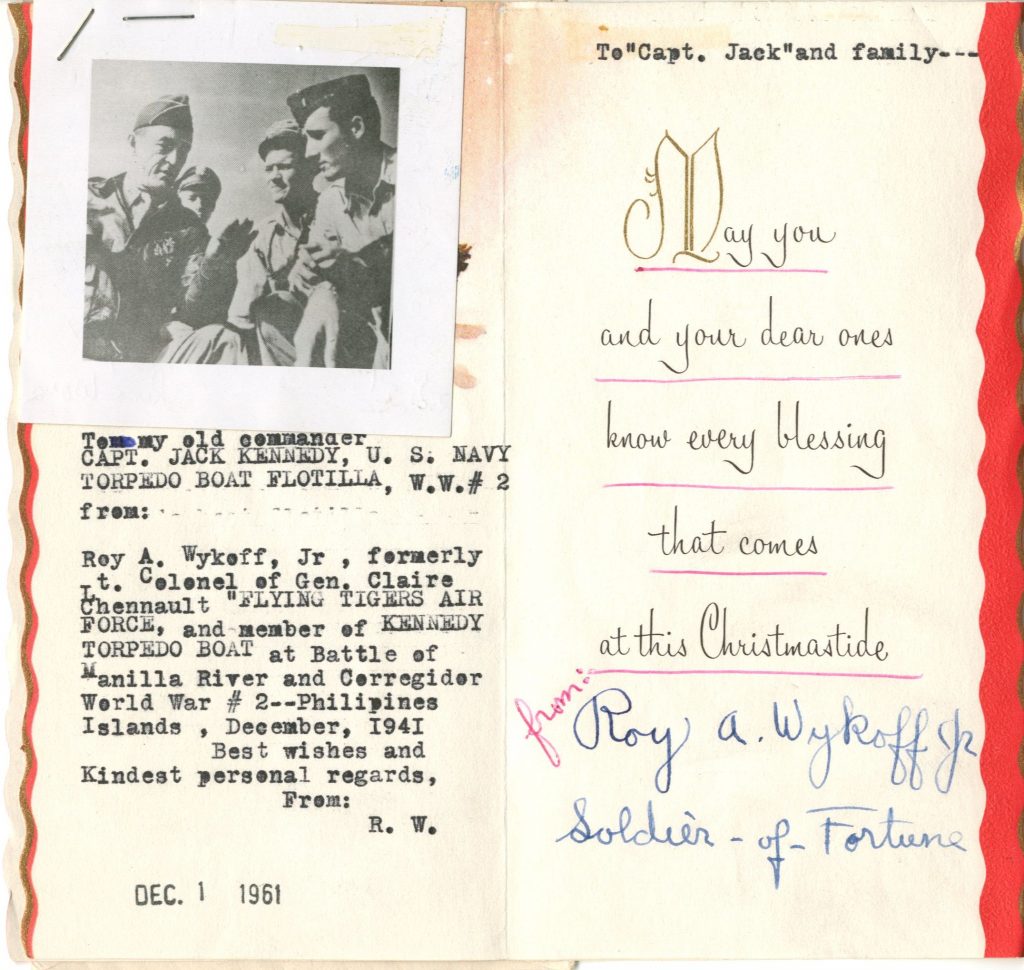
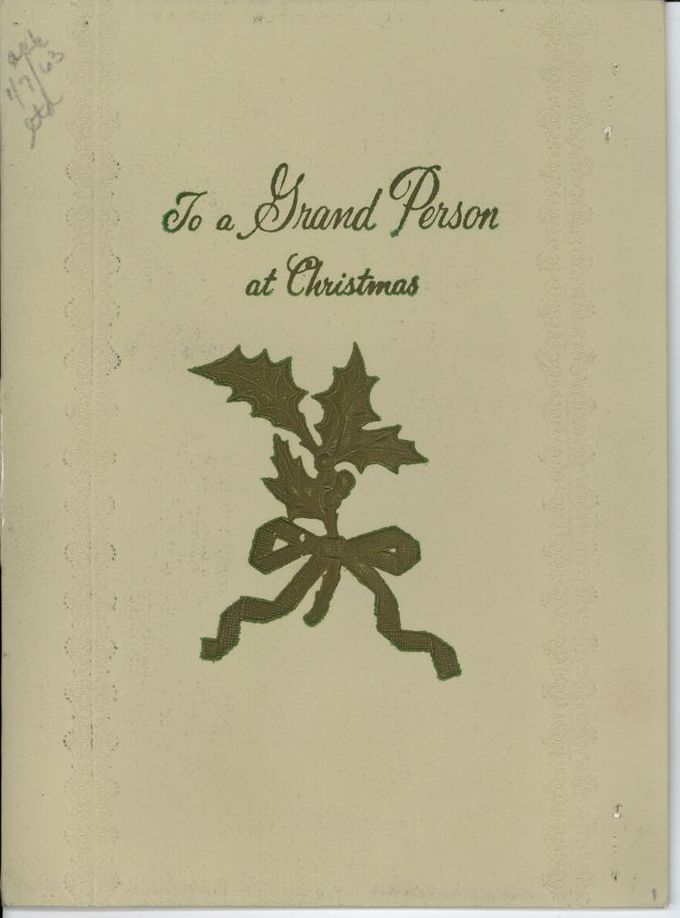
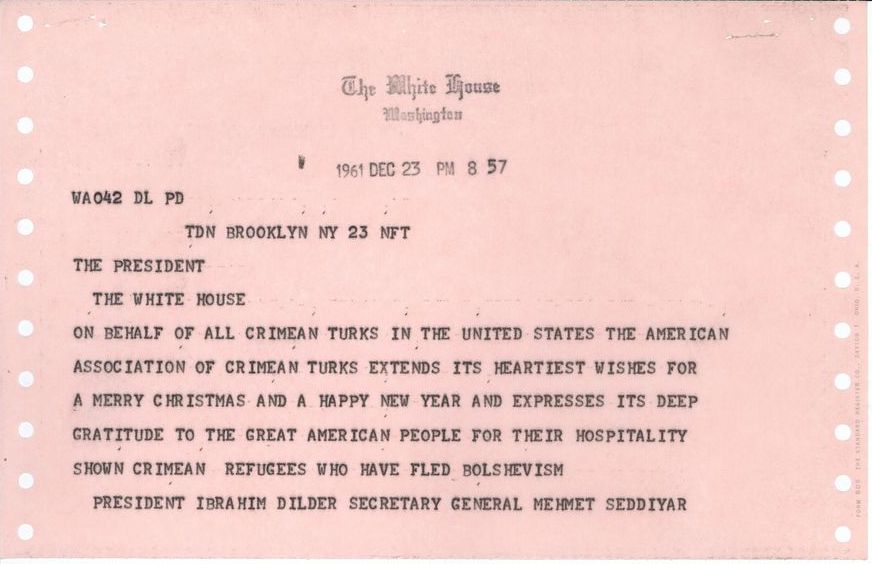
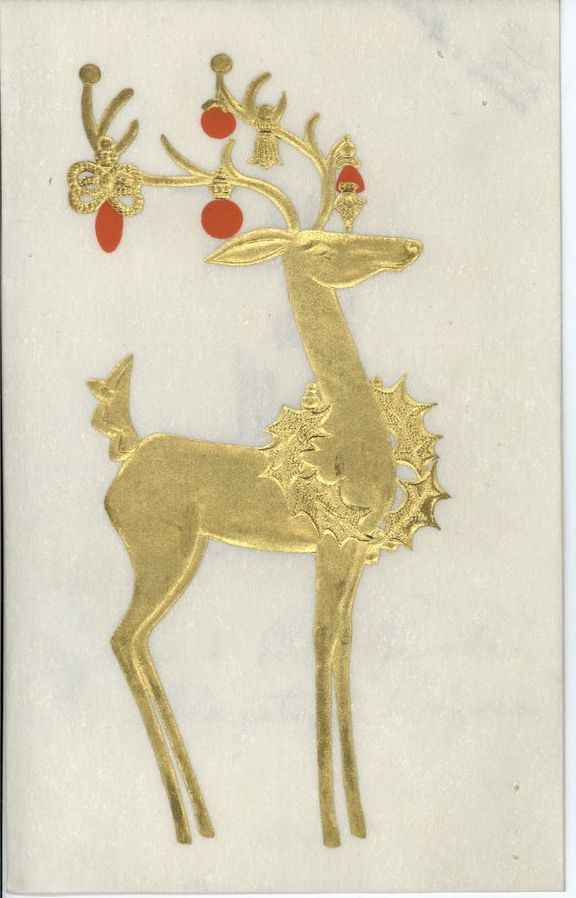
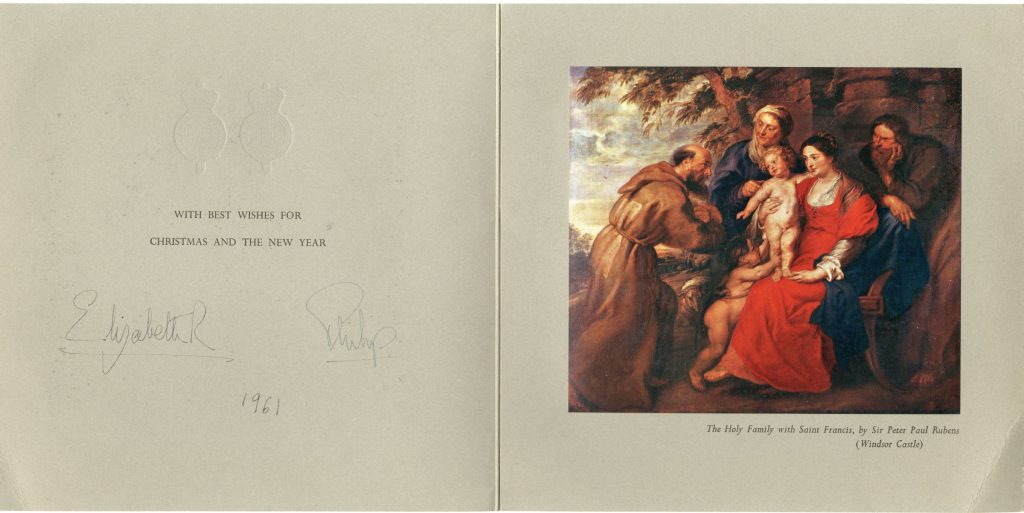
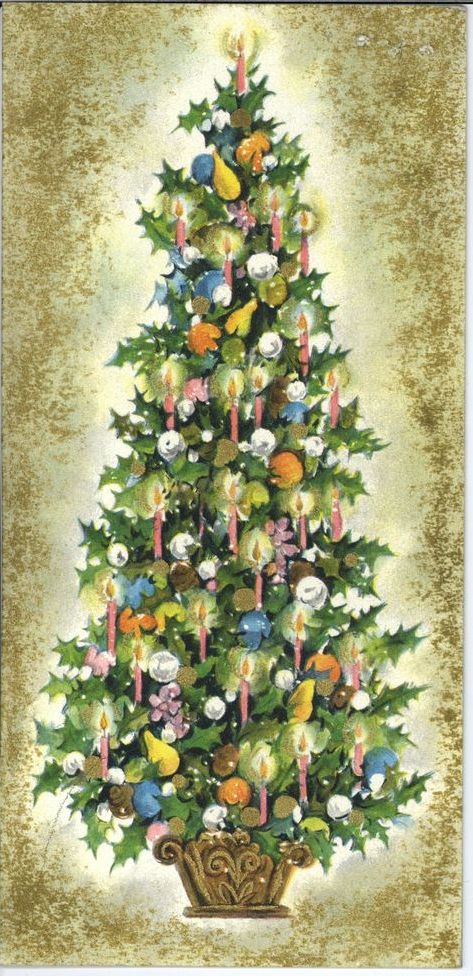
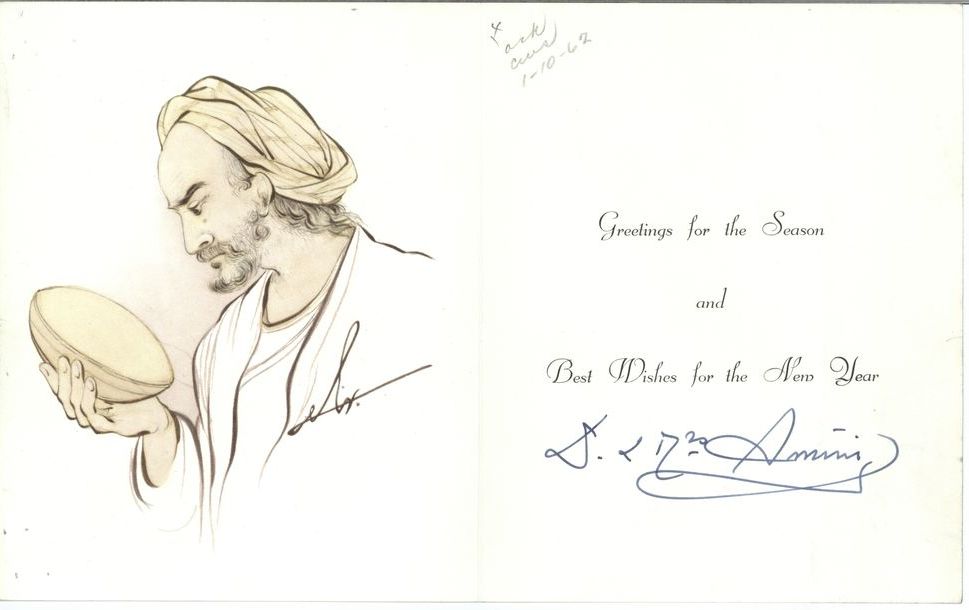
Is this legit information or has it been edited? Would be good to know as it’s pretty interesting.
This is a .gov website, i.e. reserved for the government, so it was not edited by any person outside of the government, similarly to a .edu website, which is reserved for educational institutes.
That’s good to know.
[…] wrote to President Kennedy with her concern that the Soviet Union’s atmospheric missile testing might harm Santa Claus. The President responded with this reassuring letter, which is one of my favorites for its kind […]
What a charming memory of a great president and a delightful human being. How we miss him.
He was a lovely soul…as was his wife. We miss him terribly and hope he is watching over us.
This is a great example of President Kennedy’s humanity. He understood the real problems of people, even young children. The country has not been the same since he was killed.
Stacey Flores Chandler and Abigail Malangone delve into a heartwarming yet poignant moment from JFK’s presidency, highlighting the innocence of a child’s concern amidst the backdrop of the Cold War. Michelle Rochon’s letter to President Kennedy, expressing her fear for Santa Claus’s safety amid nuclear testing, captures the anxieties of the time. Kennedy’s response, preserved in the archives, reassured Michelle and encapsulated the spirit of hope and resilience in the face of uncertainty. This touching exchange serves as a reminder of the enduring power of compassion and reassurance, even in the midst of geopolitical tensions.